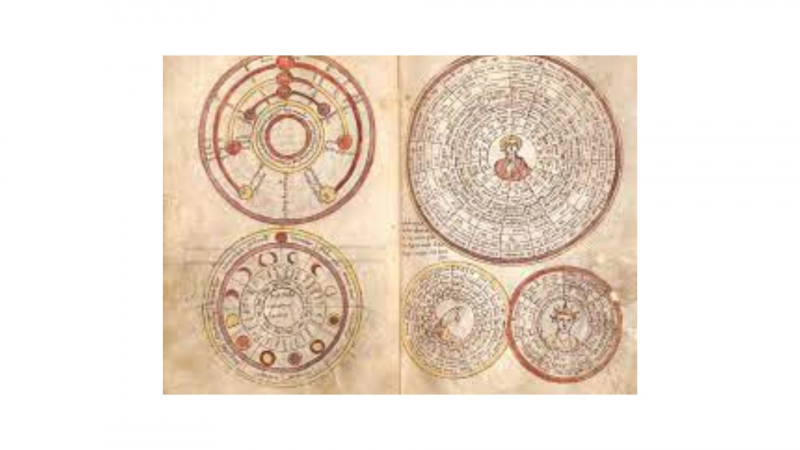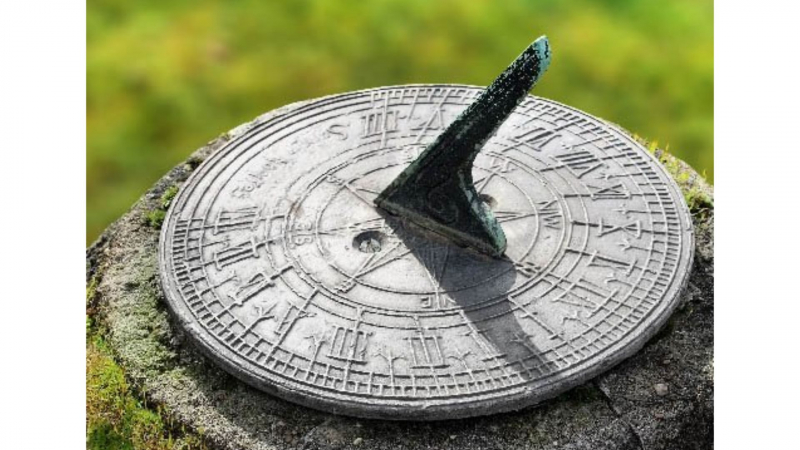The Concept of Time
Ancient cultures have used the sky to measure long periods of time for millennia. The year is the length of time it takes for Earth to make one orbit around the sun, the month is roughly the length of time it takes for the moon to orbit our planet, the week is roughly the length of time between each of the four phases of the moon, and the day is the length of time it takes for the Earth to complete one rotation on its axis. Even while the division of the day into hours and minutes has a long history with customs dating back thousands of years, it was not always easy. In the 14th century B.C., Babylonian astronomers started cataloging the stars. As they gained a thorough understanding of sun and moon cycles and even made eclipse predictions, astronomy blossomed. Despite the ups and downs of the Middle Assyrian Empire, the Neo-Assyrian Empire, the Neo-Babylonian Empire, and the Achaemenid Empire, the Babylonian star catalogs remained the foundation of astronomy for more than a thousand years.
The 60 parts of time were created by the Babylonians. Time has been measured using the existing system for four millennia. Due to its divisibility by 6, the number 60 was selected as the dividing factor. The Babylonians thought it took 360 days for the earth to revolve 360 degrees around the sun. Once more, this number might be divided by 6. The sexagesimal system of numbers, which uses 60 as its foundation, was adopted by astrologers. They took note of the full moon's occurrence and length and discovered that it was likewise divisible by 6.












